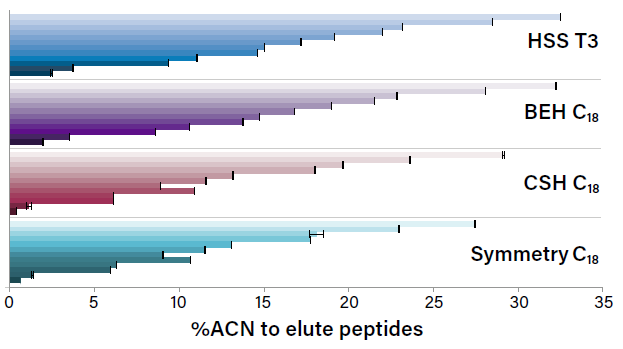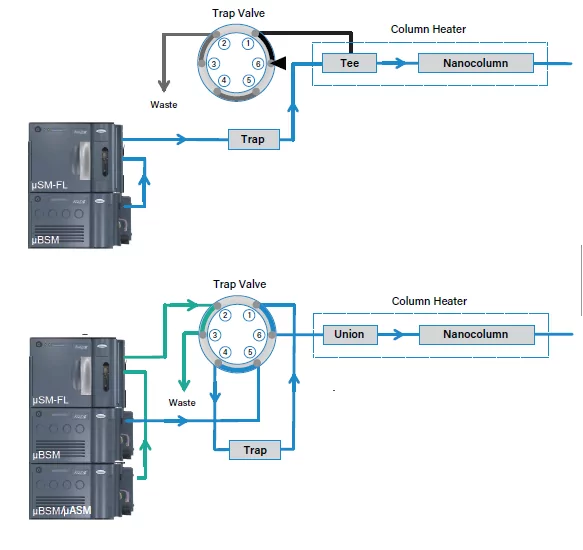-
Improving, Retaining, and Separating Polar Compounds Using Chromatographic Techniques
Separating and retaining polar compounds are significant challenges in chromatography. Here, we explore the key technical considerations and solutions for effectively handling these compounds, focusing on advanced chromatographic techniques and column technologies. What Are Polar Compounds? Polar compounds are essential in biological processes, drug design, and industrial applications due to their ability to interact with…

Recent Posts
What is Changing Analytical Method Transfer Today? Part 3: Methods Across Borders
One scientist at a major global pharma company estimated that an analytical method could see up to 100 transfers in its lifetime. Increasingly, such transfers will take place across geographic borders. How ready are you to mobilize your methods?
From the Results of Yesterday to the Biologic Drugs of Tomorrow
A thousand small delays and opportunities for error can snowball over the years of a complex biotherapeutic drug development program. They add up to lost time and increased risk in an endeavor that has little tolerance for either. It doesn’t have to be this way.
Columns Matter, Too: Choosing the Best Stationary Phase for NanoFlow and Microflow LC-MS
On the impact of retentivity and characteristics of the stationary phases for reversed-phase proteomic separations and how you can use them to your advantage.
Data Integrity Matters | Limiting Access to Tools That Could Be Used to Manipulate Data (Part 1)
Removing the ability for individual users to either delete data or to disable audit trails is expected to be both implemented and validated for data integrity. But when changes are required, what editing tools should be accessible to an analyst?
How Do Food Safety Laboratories Test for Acrylamide?
Q&A time: What is acrylamide? How dangerous is it? How do food testing laboratories detect it?
Columns Matter, Too: How to Improve Nano and Microflow LC-MS Proteomics by Considering the Separation Itself
Can pairing column stationary phases improve nanoflow and microflow LC-MS results? Let’s take a closer look at the basics of trapping and the advantages and considerations for implementing a trapping step in a LC separation in part 1 of this 3-part series.
Popular Topics
ACQUITY QDa (17) bioanalysis (11) biologics (14) biopharma (26) biopharmaceutical (36) biotherapeutics (17) case study (17) chromatography (14) data integrity (23) food analysis (12) HPLC (15) LC-MS (22) liquid chromatography (LC) (21) mass detection (16) mass spectrometry (MS) (54) method development (13) STEM (12) sustainability (12)




